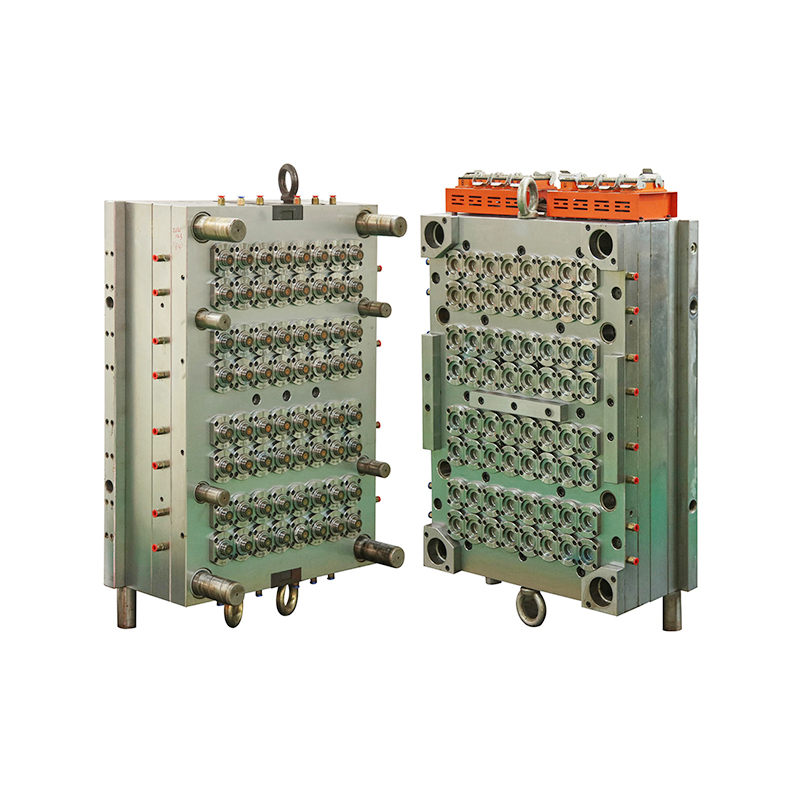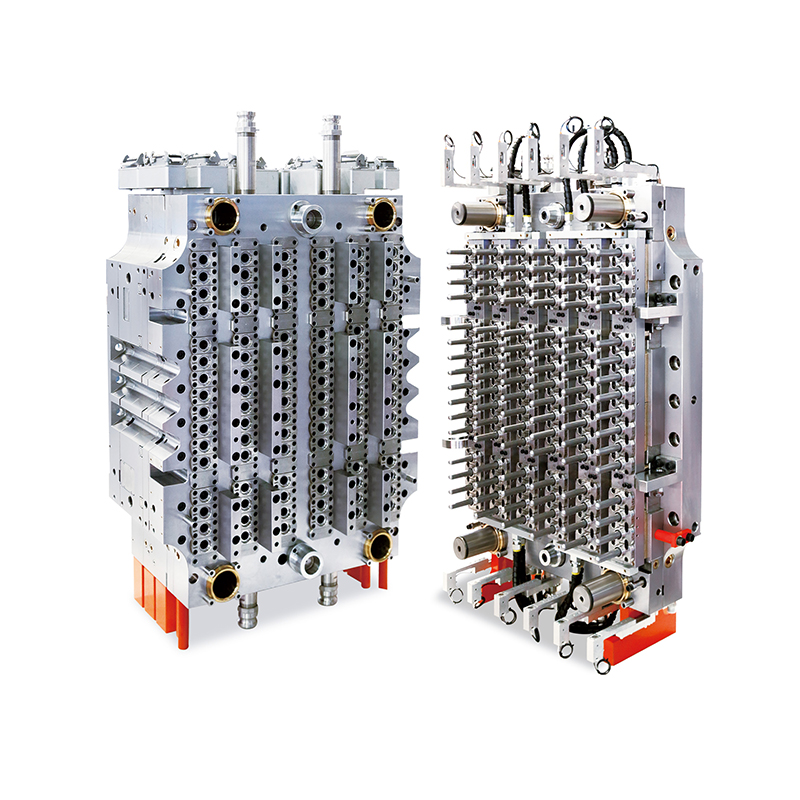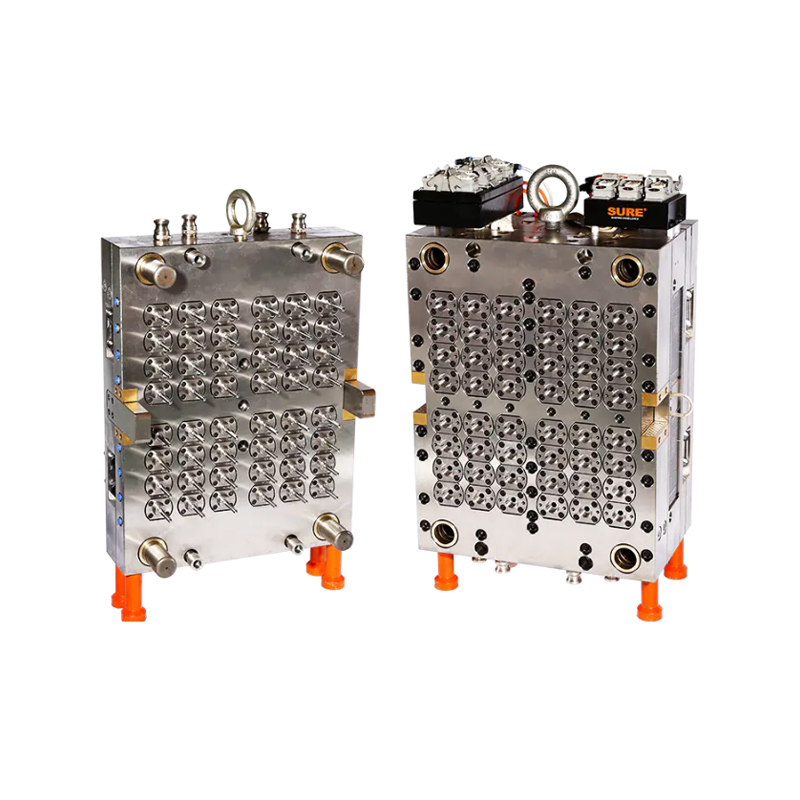No.148 Yongda Road, Jiangkou Street, Huangyan, Taizhou, Zhejiang, China.
Every beverage or pharmaceutical plant manager has asked this question at least once: “How often do I really need to clean my cap molds?” The answer is not a fixed calendar date; it is a dynamic balance among resin type, mold design, production volume, ambient conditions, and end-product quality standards. Ignoring any one of these variables can turn a goodly engineered cap mold into a source of costly defects, customer complaints, and even regulatory citations.
To begin with, consider the resin. High-density polyethylene (HDPE) and polypropylene (PP) are relatively low-residue materials, so a cap mold running HDPE closures in a Class 8 cleanroom may tolerate 48–72 hours of continuous cycles before visible deposits appear. Switch to a softer EVA compound or a calcium-carbonate-filled masterbatch, however, and the same mold can begin to show plate-out within 12 hours. In such cases, a light daily wipe with a lint-free cloth soaked in food-grade solvent is advisable.
Second, evaluate mold design. Hot-runner cap molds with valve gates accumulate less cold-slug waste than cold-runner systems, stretching cleaning intervals by roughly 30 %. Yet the delicate gate tips in hot runners are more sensitive to abrasive residues; therefore, operators should inspect gate orifices every 24 hours under a microscope and perform a targeted purge if any dark specks are detected. Conversely, a simple two-plate cold-runner cap mold may need only a weekly strip-down, provided runners are well vented and the sprue puller is functioning.

Third, quantify production volume. A single-cavity laboratory mold producing 1,000 caps per day will not see the same wear pattern as a 96-cavity high-speed mold cranking out 1.2 million caps in a 20-hour shift. For the latter, many plants adopt a rolling-clean schedule: every 8 hours they remove and ultrasonically clean eight cavities while the remaining 88 keep running. This keeps overall output high yet prevents any one cavity from drifting out of tolerance.
Fourth, monitor the environment. High humidity accelerates corrosion on chilled-water channels, while dusty air introduces particulates that embed into the vent landings. In tropical climates where relative humidity exceeds 75 %, daily external wiping of cavity plates with a corrosion inhibitor is wise, even if internal cleaning can wait.
Fifth, align with quality thresholds. A bottled-water brand might accept occasional visual streaks, whereas a dairy company faces sterility audits. If the end customer demands <10 ppm foreign matter, then a validated cleaning protocol—typically every 24 hours plus full teardown every 7 days—must be documented and followed regardless of how “clean” the mold appears.
In practice, many converters settle on a hybrid schedule: quick air-blast and solvent wipe every shift, partial cavity purge every 48 hours, and complete disassembly for ultrasonic or dry-ice blasting every 5–7 days. Continuous data loggers that track cavity pressure curves and vision systems that detect gloss variation are now giving plants the confidence to extend or shorten these intervals based on real-time evidence rather than guesswork.


 英语
英语 法语
法语
















